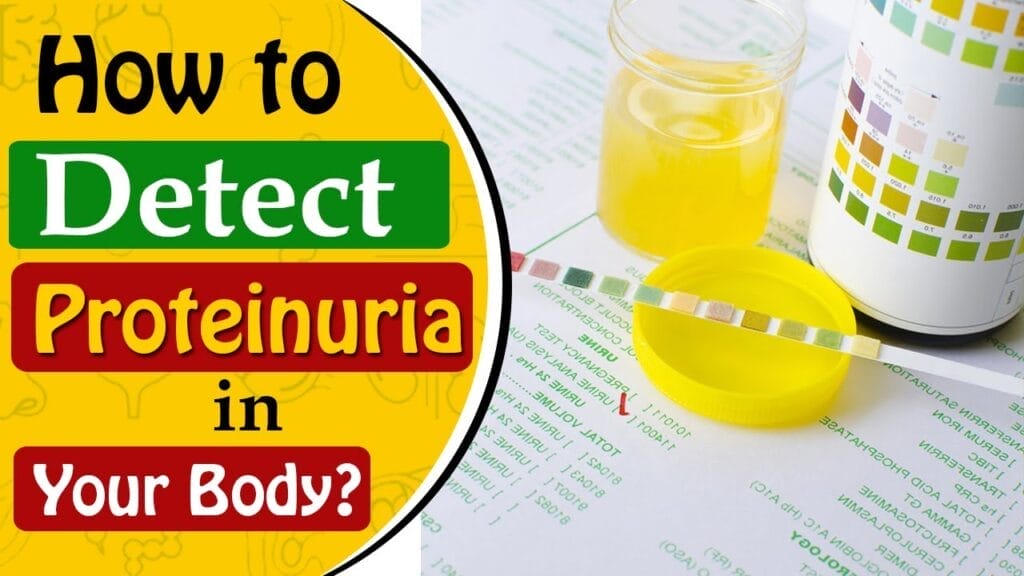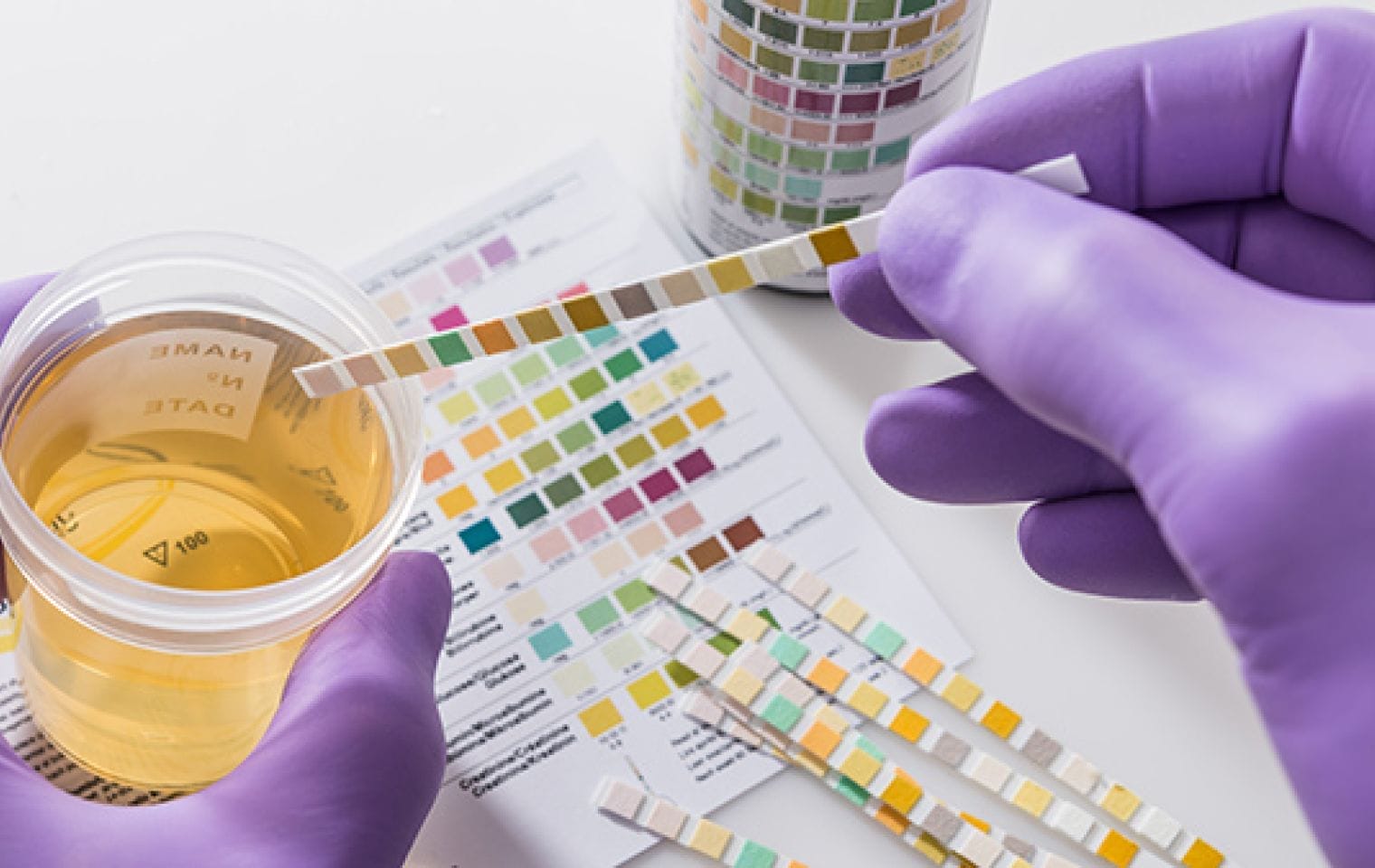Proteinuria Ayurveda is a science that attempts to understand the laws and facts of the Universe. This attempt is well seen in the “Panca-Bhautika Theory of Ayurveda”. It is adopted as the basis for the superstructure of Ayurvedic literature. The “Tridosa Theory”, which has evolved from the concept of the Panca–Bhautika source of the universe, is the key in interpreting pharmacological, pathological, and therapeutic factors in the treatment of diseases. The diseases in Ayurveda are understood by identifying the root cause of the disease and thus working on it.

How will you know that you have Proteinuria ?
Proteins in our body are used to build muscles and bones, regulate the amount of fluid in your blood, fight off infections, and repair damaged tissues. Normally, kidneys filter the excess protein through the urine. But when the kidneys do not function properly, this leakage is more than desired.
Proteinuria can be assessed by recognizing the following symptoms.
- Puffy eyes
- Blurred vision
- Nausea or vomiting
- Loss of Appetite
- General body weakness
- Edema of limbs
- Foamy urine
- Change in urine output
- Change in colour of urine
- Blood in urine
- Continuous Headache for a long time

How to Diagnose Proteinuria ?
Diagnosis of Proteinuria is not difficult. A simple urine analysis can help you diagnose the presence of proteins in urine.
Urine test: A routine urine analysis can reveal abnormalities in your urine.

Blood test: A normal blood sample test to quantify protein levels in the blood.

Dipstick test: The dipstick test is used as an initial indicator to test the presence of protein in the urine. It is simple and easy to conduct. This test requires a urine sample which is immediately analysed for the presence of proteins, blood, etc. indicative of renal disease.

A large group of the adult population may have positive findings from the dipstick test; however, a very small percentage will have a condition that requires treatment. It indicates that dipsticks have a high rate of false positives. If mild to moderate proteinuria is detected with a dipstick test, the test has to be repeated in 2-3 weeks. In case of severe proteinuria further diagnostic testing is required.
Urine collection test: Proteinuria is also diagnosed by quantifying the protein in urinary excretion in 24 hours. This test involves the collection of all urine excreted over a day, which is then analysed for the quantity of protein.

The testing period can be started at any time of the day. Most patients start this test in the morning. The bladder should be emptied at the beginning of the day with no sample taken out. The urine should be collected in containers every time the individual needs to urinate until exactly 24-hours after the start time.
In healthy people, the excretion of more than 500-1000 mg of protein in 24 hours may be considered indicative of an abnormality in the functioning of the kidneys. This may propose further investigation like blood analysis or kidney biopsy. More than 2 g of protein per day indicates a glomerular malfunction.
Protein: Creatinine ratio: Proteinuria can also be diagnosed by calculating the protein: creatinine ratio. When the kidneys function normally, they remove creatinine from the blood to keep the levels in the blood and urine in range. The ratio of the protein to creatinine in the urine sample is a good indicator of quantifying protein excreted in 24 hours. An individual excreting more than 30 mg of albumin for every 1g of creatinine is considered to have proteinuria.

What level of proteinuria is alarming ?
A normal range of protein in urine is 150mg of protein daily, you may have Proteinuria.
What foods are to be avoided with Proteinuria ?
Due to Proteinuria, the levels of protein in the blood/body decrease. So it is always advised to consume more proteins in case of Proteinuria and limit the intake of a few food items.
- Foods rich in sodium and potassium should be decreased.
- Carbohydrates consumption in limited amounts.
- Reducing the consumption of refined sugar rather than the use of natural sweeteners is promoted.
- Consumption of semi-cooked and canned foods is strictly avoided.
- Saturated fatty acids use should be avoided.
- Self-medication should be avoided.

Can Ayurvedic Medicine cure Proteinuria ?
Ayurvedic medicines for Proteinuria can be helpful for people suffering from Proteinuria. Ayurvedic treatment for curing/treating Proteinuria uses natural resources. Ayurvedic kidney treatment uses herbal medicines and suggests lifestyle changes as a measure of treatment. Proteinuria ayurvedic treatment works on kidney health rejuvenation. This system of therapy possesses restorative capabilities by using the herbs like Dandelion root, Punarnava, Kaasni, Triphala, Gokshuradi Guggulu, Shirish, Gudmar, musta, etc. to promote normal kidney function. These herbs work towards the complete alleviation of diseases.
Lifestyle management suggestions for Proteinuria
Proteinuria, due to any reason, can be managed to an extent by adopting a healthy lifestyle. By including these preventive measures and ayurvedic treatment for proteinuria, one can reverse the problem of Proteinuria. These routine measures are helpful in the selection and rejection of foods. These suggestions include the following:
- Start exercising regularly. Walking, swimming, running, or yoga can be done.
- Limit table salt in your diet. The sodium in table salt can further deteriorate the health of your kidney— self-restraint of preserved foods, pickles, etc. Salt is the most common preservative and can be dangerous for kidney patients.
- Regular udvartan (dry massage) with specific medicines prescribed in Ayurveda has shown applaudable results for kidney patients.
- Try to keep your increased or low blood pressure near normal.
- Include pranayama /breathing exercises in your daily routine. Pranayama helps in improving the overall health of all.
- Include large amounts of fresh fruits, vegetables, and grains, as these help keep your system clean and healthy.

